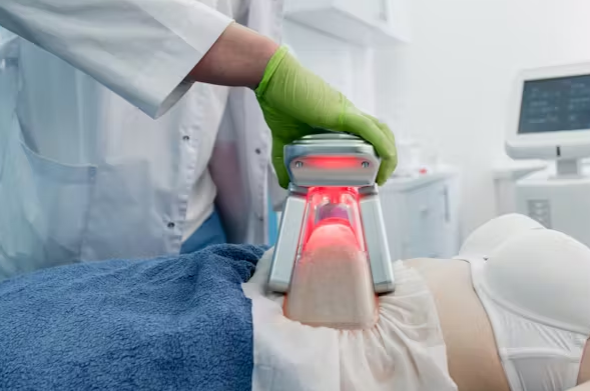
From Concept to Market: Navigating the Medical Product Design Journey
- 0
The development of medical products, from innovative medical devices to life-saving pharmaceuticals, is a complex and highly regulated journey that is pivotal in improving healthcare outcomes. This article explores the multifaceted process of medical product design, from concept inception to reaching the market, and highlights the critical steps and considerations involved in this transformative journey.
1. Conceptualisation and Ideation
The journey of a medical product begins with an idea or a concept born out of a need or a gap in healthcare. This stage involves brainstorming, research, and collaboration among scientists, engineers, medical professionals, and innovators. The goal is to identify unmet medical needs and devise innovative solutions.
2. Research and Development (R&D)
Once a concept is established, in-depth research and development follow. This phase includes:
- Scientific Research: Investigating the scientific principles and technologies that underpin the product’s functionality.
- Prototyping: Creating initial prototypes to test the concept’s feasibility.
- Clinical Research: Conducting pre-clinical trials and studies to assess safety and efficacy.
3. Regulatory Compliance
Compliance with stringent regulatory standards is a critical aspect of product design. This stage involves:
- Regulatory Approval: Preparing and submitting applications for regulatory approval.
- Quality Assurance: Developing quality control systems to ensure consistency and safety.
- Clinical Trials: Conducting rigorous clinical trials to evaluate the product’s performance and safety.
4. Intellectual Property Protection
Protecting intellectual property rights through patents, trademarks, and copyrights is essential to prevent unauthorised replication and secure exclusivity in the market.
5. Manufacturing and Production
Scaling up production from prototype to mass production is a significant undertaking. This stage includes:
- Manufacturing Processes: Implementing efficient and standardised manufacturing processes.
- Supply Chain Management: Establishing a robust supply chain to source materials and components.
- Quality Control: Ensuring rigorous quality control measures are in place during production.
6. Market Strategy and Commercialisation
Developing a comprehensive market strategy is crucial to successfully bringing a medical product to market. This phase includes:
- Market Analysis: Assessing market demand, competition, and pricing strategies.
- Distribution Channels: Identifying the most effective distribution channels for healthcare providers and patients.
- Marketing and Promotion: Creating campaigns to raise awareness and educate the target audience.
7. Launch and Post-Market Surveillance
Launching a medical product marks a significant milestone, but it’s not the journey’s end. Post-market surveillance is vital to monitor product performance and ensure ongoing safety and efficacy.
- Adverse Event Reporting: Establishing mechanisms to collect and report adverse events.
- Continual Improvement: Incorporating user feedback and scientific advancements to enhance the product’s performance.
8. Education and Training
Training healthcare professionals and end-users on adequately using the medical product is crucial to its success. Education programs and resources are developed to ensure safe and effective utilisation.
9. Compliance and Monitoring
Medical product manufacturers must adhere to evolving regulatory requirements and standards. Continuous monitoring and compliance efforts are essential to maintain product integrity and safety.
10. Lifecycle Management
Managing the entire product lifecycle, from development to obsolescence, involves making decisions about enhancements, modifications, or discontinuation based on market dynamics and technological advancements.
11. Sustainability and Environmental Impact
Consideration of the product’s environmental impact and sustainability is increasingly important in today’s healthcare landscape. Minimising waste and reducing production and disposal carbon footprint are essential goals.
Conclusion
The journey from concept to market for medical product design is multifaceted and highly regulated. It requires collaboration, innovation, rigorous research, and adherence to stringent quality and regulatory standards. While it’s a complex undertaking, the result can be transformative, bringing new medical solutions to the forefront and improving healthcare outcomes for individuals and communities worldwide.
